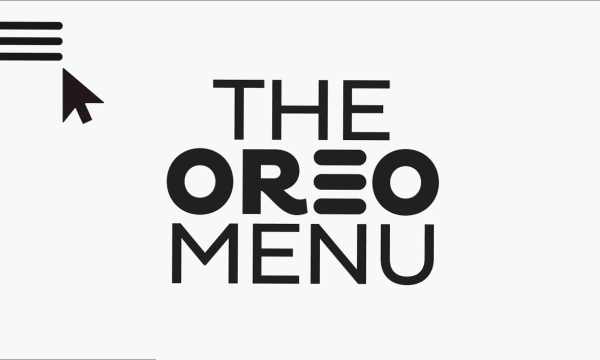It seems paradoxical that something as sensorial and intimate as ASMR started online. How have you been able to evolve ASMR from a digital to an in-person experience?
When we first started, we didn’t know if [live ASMR] would work or if people would enjoy it. We were just experimenting. But it turns out people like it! So we’ve kept doing it.
It’s almost like creating a different language of [ASMR]. We are influenced so much by what they do on YouTube, but once you start doing things in person there’s a lot more to consider, like your tone of voice; how you’re positioned, seated or standing; scene choreography; and how to approach touch and build in consent. It’s become this new methodology of approaching [ASMR].
Do you think that the future of ASMR and similar sensory wellbeing treatments lie more in the physical space?
I don’t think so. I don’t think of it as a dichotomy like that. I think digital works better for some people, especially if they are using it for social anxiety and they’re not comfortable being with other people and they do not enjoy touch—then definitely do the digital thing, be at home, be comfortable. But for people who want that physical intimacy, we provide that. Like when you’re watching a video and they say, ‘I’m brushing your hair,’ you actually get someone brushing your hair. It’s dependent on what type of person you are. Some people really don’t enjoy that they need to be vulnerable and almost give up a piece of themselves when they come here.
I think [the rise in digital habits] is definitely part of the reason why ASMR has taken off. We find love on our phones; we order groceries on our phones, we do everything online now. It’s not a far step to say, ‘I’m going to get my relaxation and intimacy online now, too.’
What are some factors that have contributed to Whisperlodge’s success?
I think our success is a lot to do with timing. When we first started doing this, we were just at the starting point of immersive theatre in America being a DIY thing. Right now, it’s so much more professional; it’s harder to start something. It’s the same in the ASMR world; if you track ASMR’s history, there have been moments of popularity and press, and then it dies down. It goes up and down. We were just at that point when it was in another upswing, and now I’d say it’s mainstream. So we’ve rode both of those waves.








